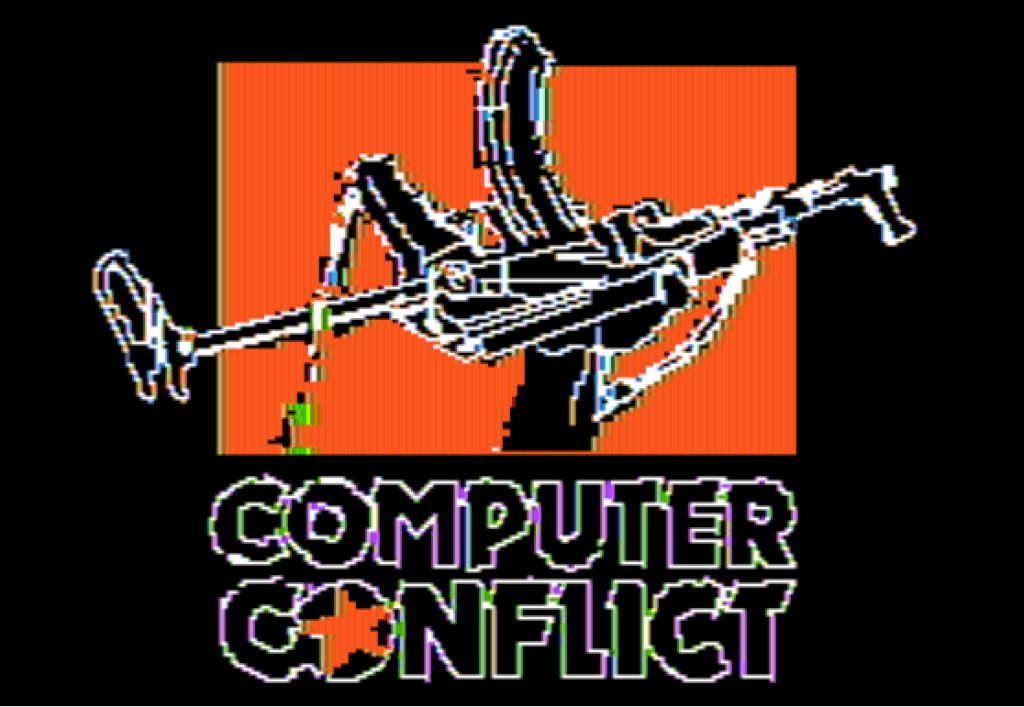
Computer Conflict, released in November 1980, is actually a bundle of two games : Red Attack! and Rebel Force.

Rebel Force was designed by Roger Keating – a name I will talk about a lot in the future. In Rebel Force, the player is actually NOT playing the rebel force, but the army it opposes. Using tanks, artillery and infantry, the player must take and hold a city on the map against a force of militia and anti-tank guns.
Roger Keating, born in New Zealand but then a Mathematics Teacher in Australia, had programmed a game called Conflict with BASIC and 16K of memory. Initially, Keating distributed Conflict through the Sydney Apple User Group in 1979. One of Keating’s students told Keating he should publish it. Keating then contacted SSI amongst other publishers. Joel Billings was interested, but Conflict was not large enough to stand on its own, so Billings proposed to rebrand it Rebel Force and bundle it with another game : Red Attack!
Let me quickly evacuate that other game. Red Attack! was designed by Jim Yarbough – not known for anything else. Long story short, it is a simple two-player game where one player leads the Soviets, the other leads the resistance, and whoever holds 2 of the 3 cities by the end of turn 5 wins. It lacks a single-player mode so I will not cover it, though the Data Driven Gamer did, so check it there if you are curious.
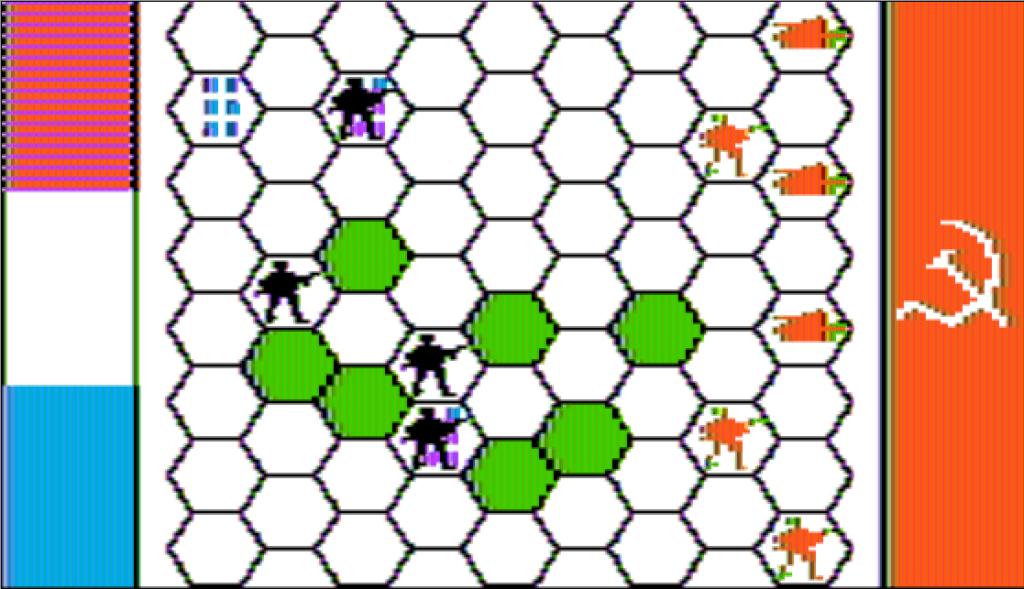
Back to Rebel Forces / Conflict. Ahab (the data-driven gamer) has won at difficulty 4 out of 5 so of course I am going to play at difficulty 5. The enemy will have increased strength and movement speed, will receive reinforcements, and will actively counter-attack the city.
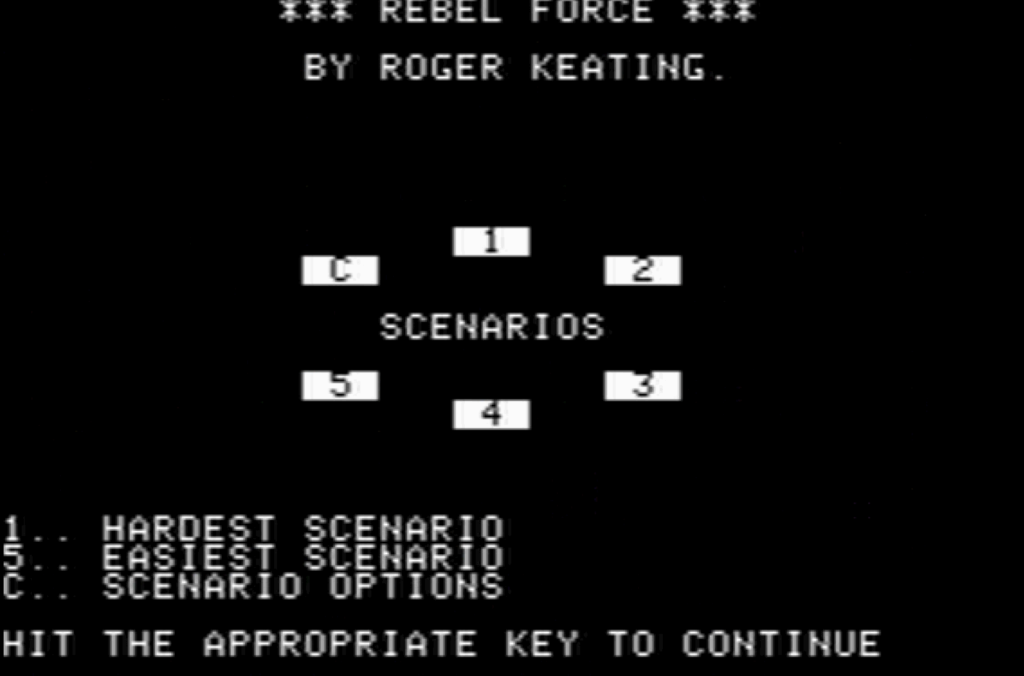
At high difficulty, the map is randomly generated, so I am discovering in real time where they will be fighting.
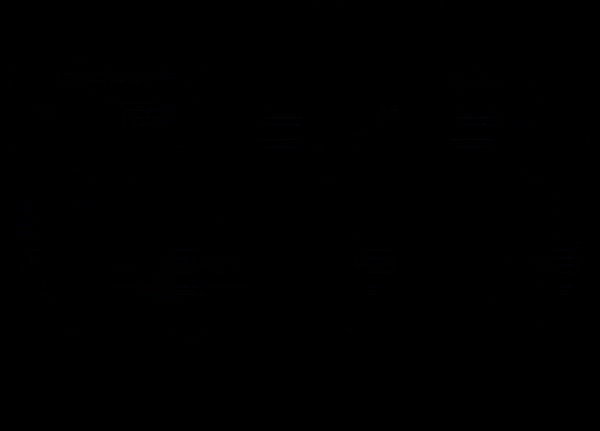
I am playing the Soviets. I need to take and hold the rebel city. I don’t have much context about why I’m fighting. But what I do have is a powerful army:
- 5 tank companies, powerful against enemy militias, but obviously very vulnerable to enemy anti-tank companies,
- 2 heavy weapon companies, somewhat at a disadvantage against enemy militia but powerful against enemy anti-tank companies,
- 3 infantry companies, at an advantage against both militias and anti-tanks,
The Soviets are overwhelmingly more powerful than the rebel makeshift force. What could go wrong ?
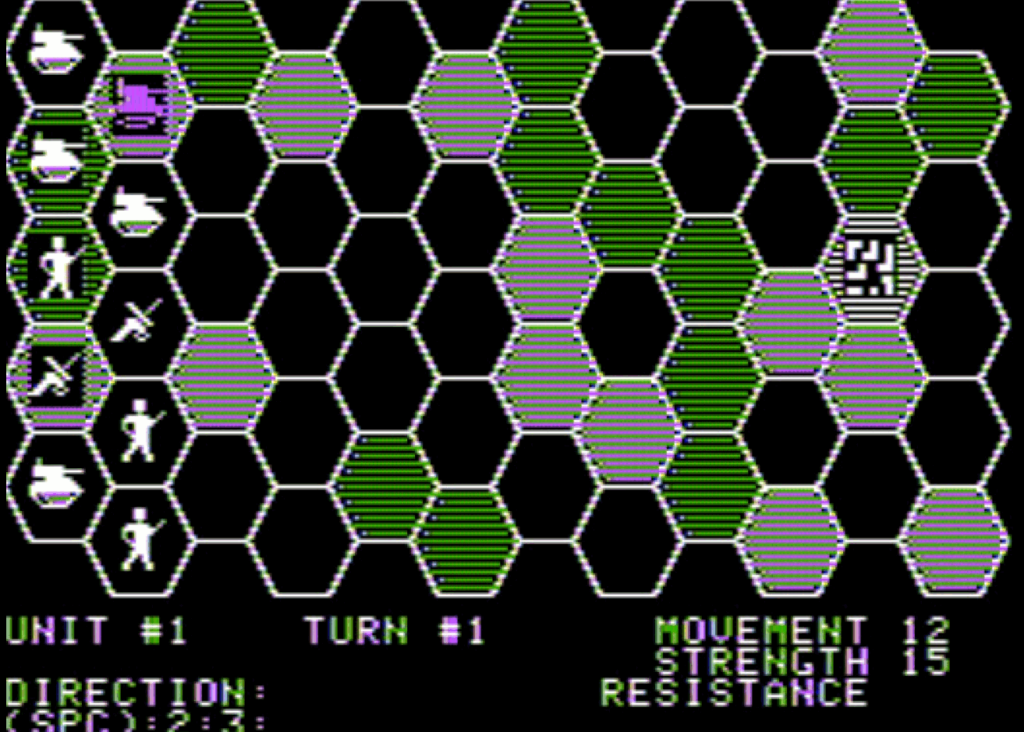
Before reaching the stronghold, there were a couple of obstacles – a large patch of clear (black) terrain in the middle of the map, and, further away, a line of forests in green with some “rough” terrain in grey. This was a problem according to Soviet military planners.
You see, military planners had checked the history of warfare and produced a very useful and predictive combat result table :

So an infantry company of strength 15 attacking a militia company of strength 7 would start to check the 2:1 attack table, then consider that infantry has a +1 column shift advantage against militia, so move one row to the right and use the 3:1 table. After that, a die would give an outcome of the engagement.
Terrain plays a critical role. Should a Soviet unit attack from clear terrain a militia in the forest, then the combat result table would be shifted 3 columns to the left. Tanks in clear terrain attacking anti-tanks in a forest would be at 6 columns to the left ; even overwhelming forces are likely to lose in that case.
Note that terrain bonus does not care about offence or defence. Units in a forest attacking a unit in clear terrain ? Column still shifted by 3 in its favour.
So to recap :

Based on this, my strategy is to occupy all the isolated patches of land before the large clear terrain, then scout with a tank, see what is defending, and attack with counters en masse.
And so the first tank proceeds through the forest in the North :
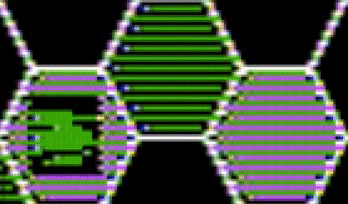
Pffffff mines ! They inflict damage and make units fight worse as long as they stand on the mined hexagon. With no enemy units around, my tanks can just as well spend the rest of the day mine-sweeping so units can pass through safely in the future.
The rest of the force proceeds, and prepares for the great crossing :
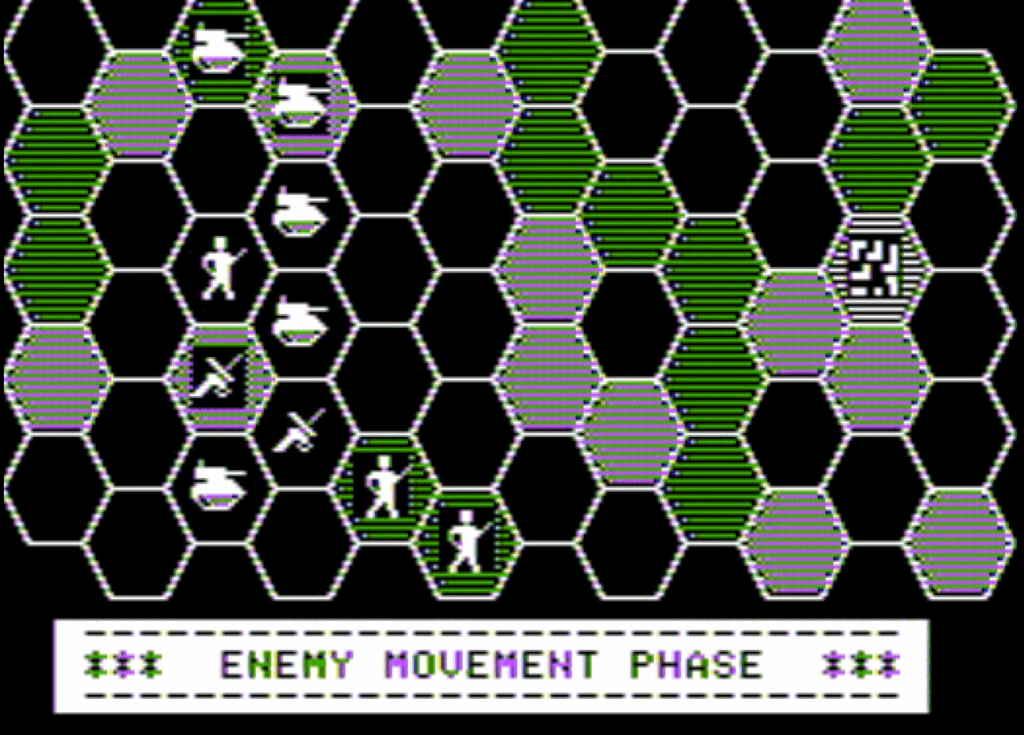
The enemy sends a probing attack in the south. My infantry is defending a forest so the attack is doomed to fail (+4 in Soviet‘s favor). On the other hand, the rebels’ anti-tank movement in the North is spot on :
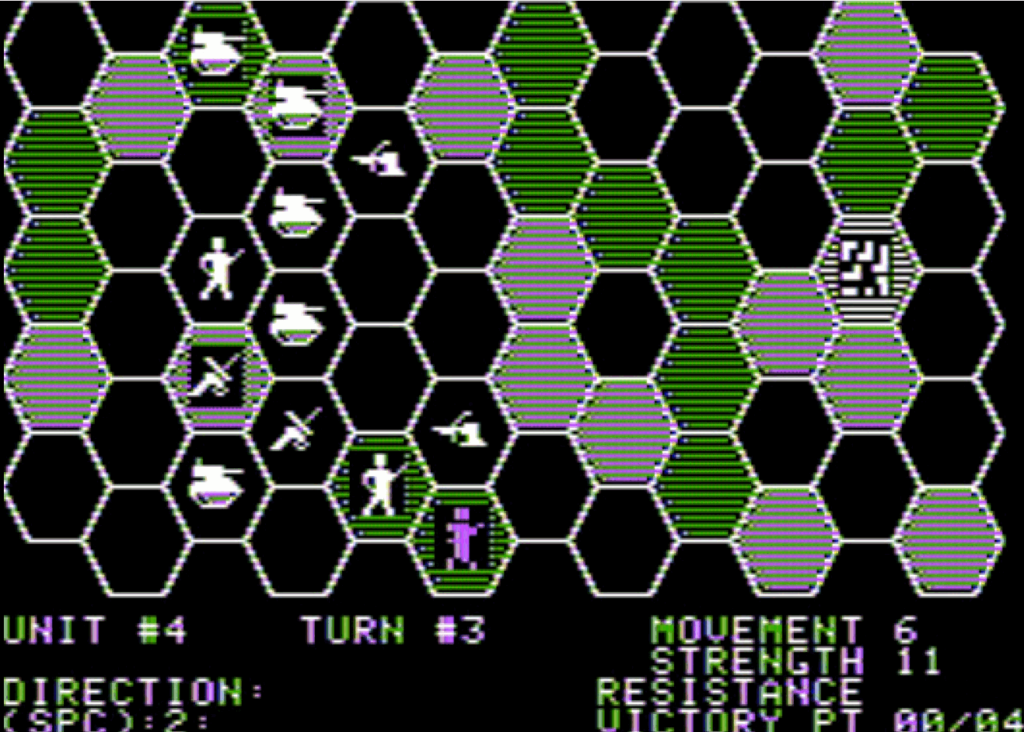
My forces react and infantry is sent to destroy the attackers. Once done, my tanks are sent to scout the northern ridge.
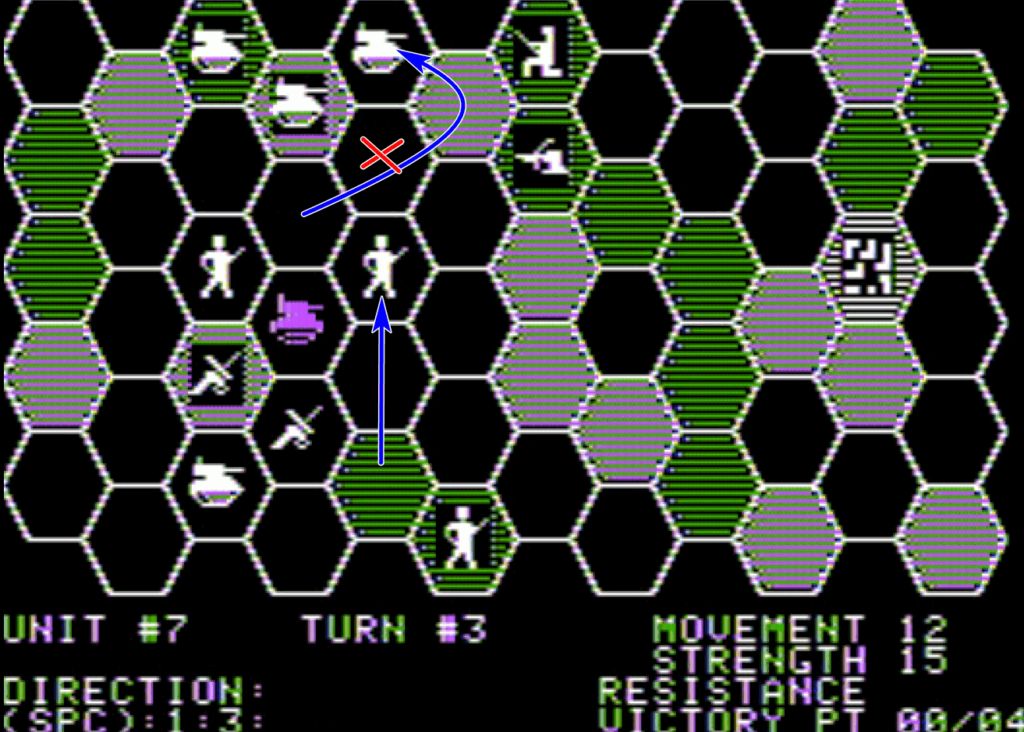
There is some strong opposition, and I pull back for now. We will need heavy weapons, and given the rebel defensive advantage we’ll need heavy tolerance to losses as well. Oh well, I am sure the Soviet Union will provide plenty of fit young men, and also some small ones who can fit inside the tanks.
Suddenly, instead of holding their position, the rebel forces counter-attack !
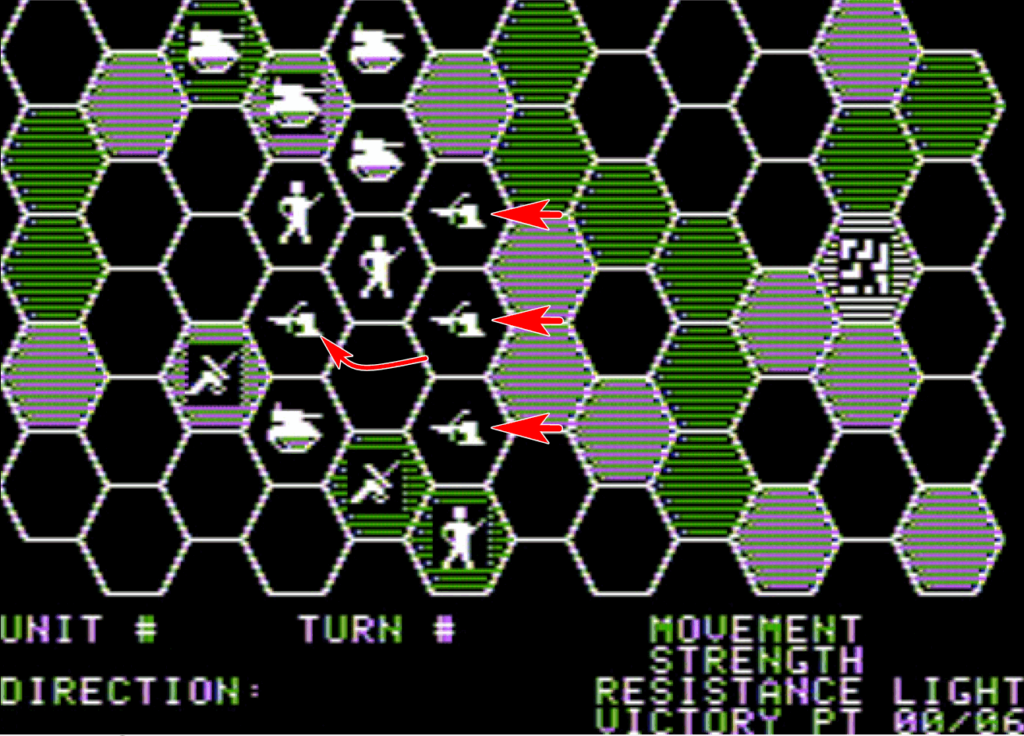
It is hard to know where the counter-attack comes from. The rebels know their land, and their movements are invisible. Furthermore, they are immune to the Soviet zones of control, and can try to sneak through the smallest openings.
The counter-attack is quickly pushed back, but the rebels send more troops to the meat-grinder, abandoning their very strong defensive position :
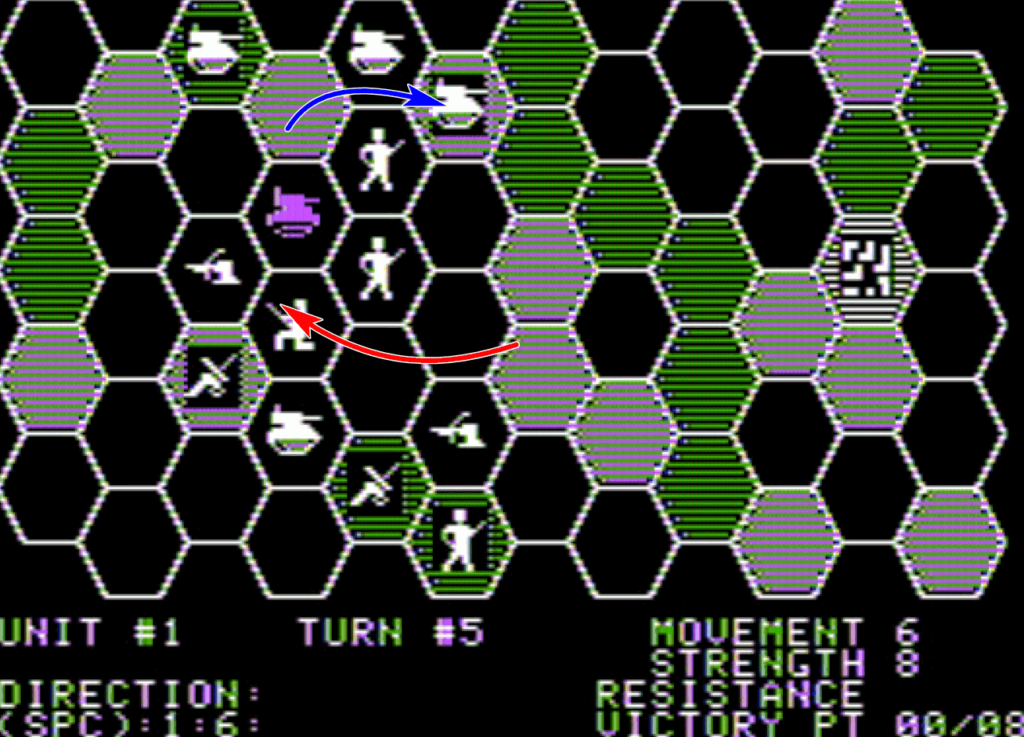
The rebels get victory points if they reach the left column. At 100 Rebel Victory Points, I receive a call from the Kremlin and a black Lada is waiting downstairs to escort me . But of course, the rebels are surrounded, and are quickly destroyed, so the red phone stays silent still.
The rebels having abandoned their positions, the forest line is occupied easily, though a damaged tank company is lost in the process – giving the rebels 10 points.
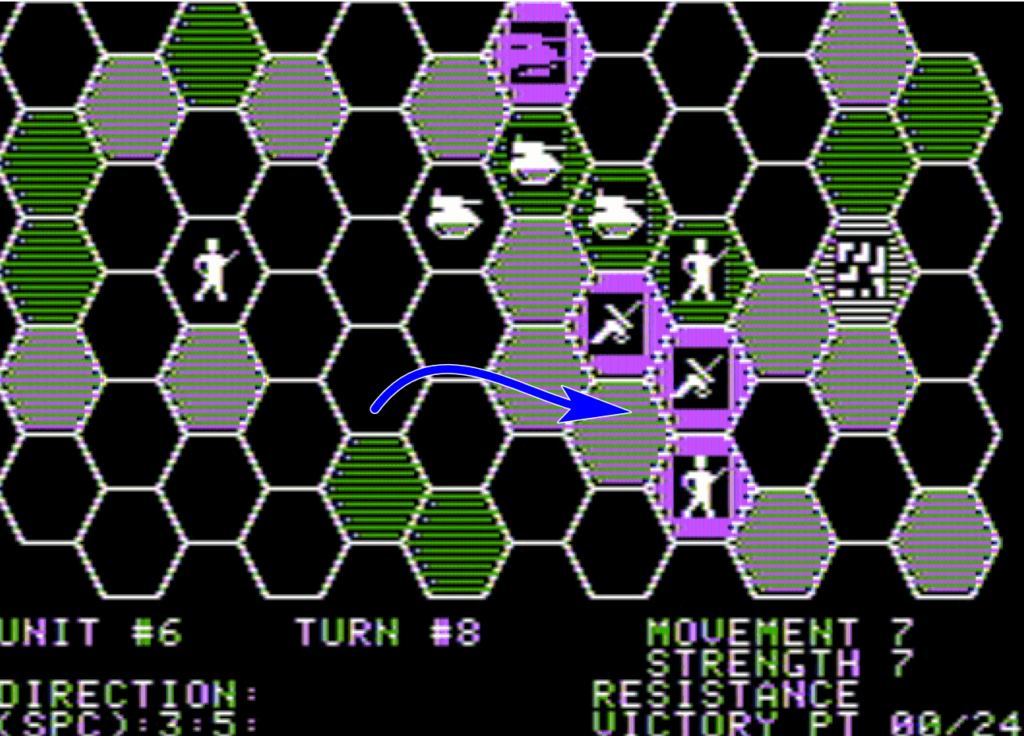
Also, the Soviet soldiers painfully discover that the forest had been quite thoroughly mined.
The rebels manage to regroup enough reinforcements to mount another counter-attack in the South, dislodging a depleted Soviet infantry company, which retreats to a more defensible position for Rest & Repair (units can repair to up to 70% of their starting strength ; with the caveat that tanks repair very slowly). We cannot repair forever though, the rebels receive 2 points by turn spent. The Politburo wants results !
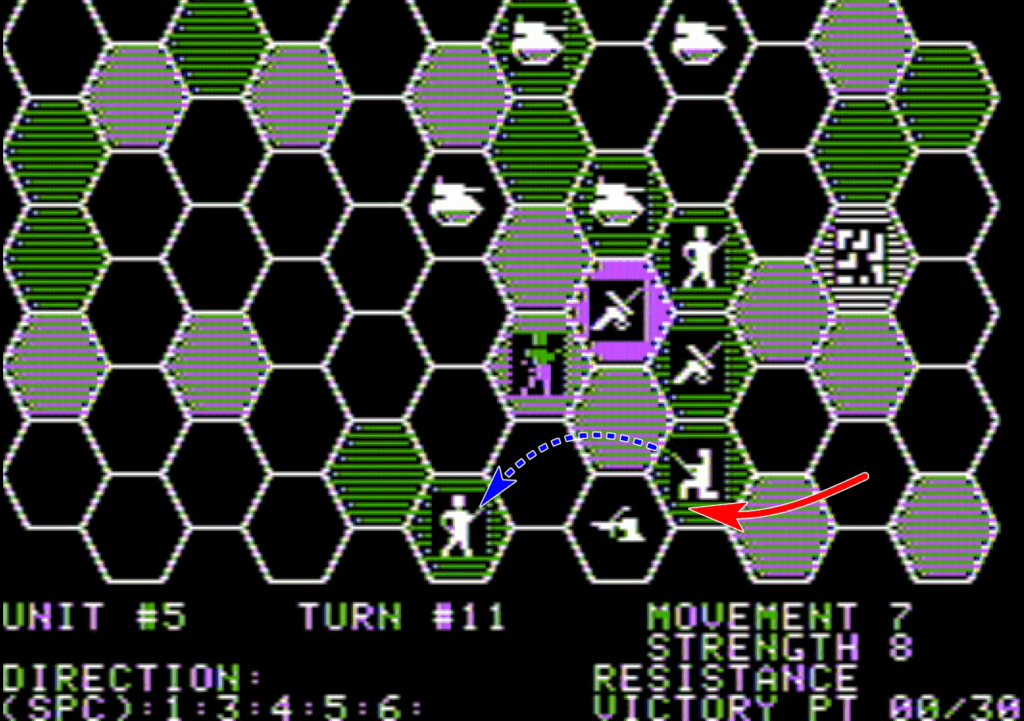
But this lasts only a moment, and the rebel city is surrounded :
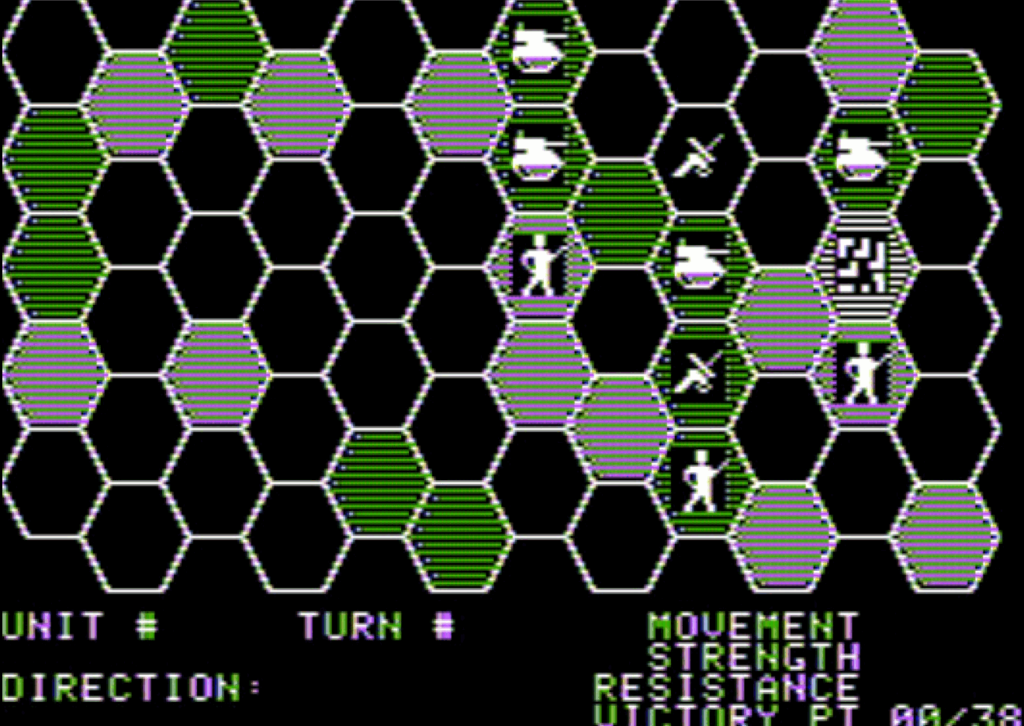
And eventually occupied :
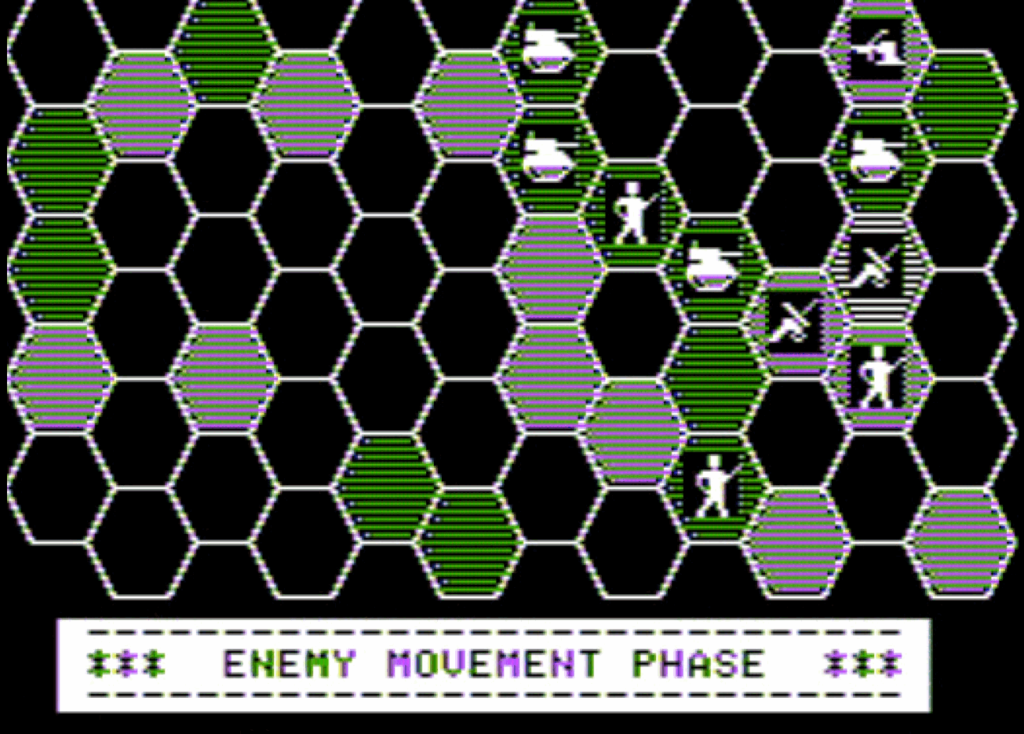
Now, it is only a matter of holding. Every turn occupying the rebel stronghold gives points (3 times the occupying unit strength) – at 100 I receive a call from Brezhnev to tell me I am now Most Favorite Son of the Soviet Union and that backwater assignments are over for me. Of course, the enemy is enraged at the occupation, and receives powerful reinforcements.
Those reinforcements appear in the North and the South, and immediately destroy another tank company :
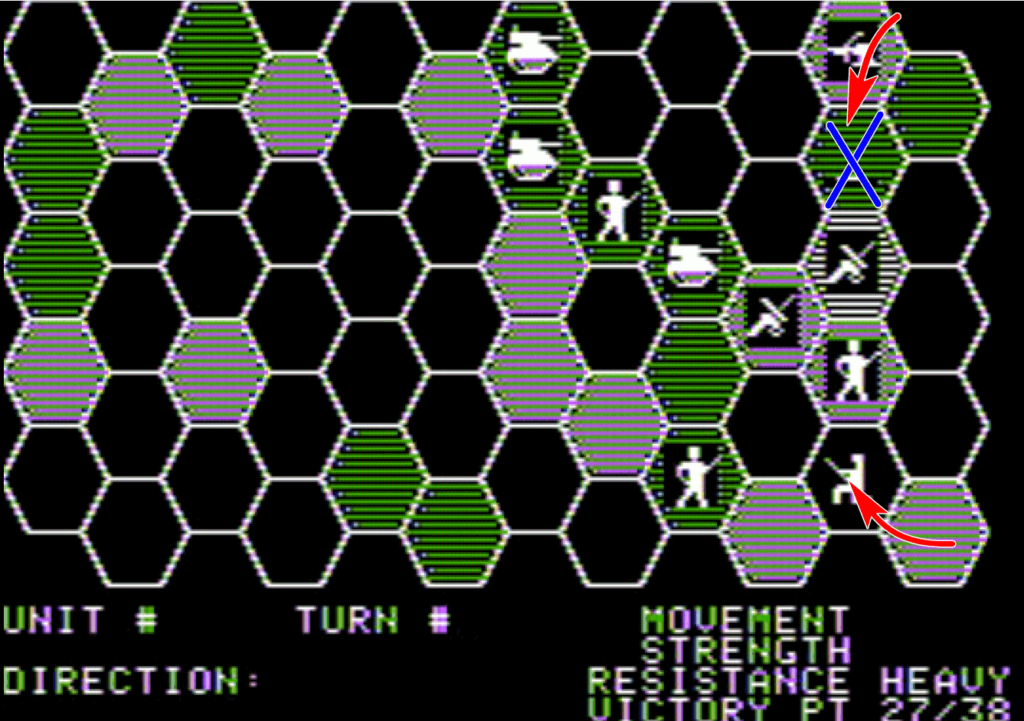
Then, they are everywhere !
The forest line may be a good defensive position, but it does not help protecting the city, so the units are ordered to counter-attack. Too late, anti-tanks are pouring from all sides, and even an infantry company succumbs to their assault !
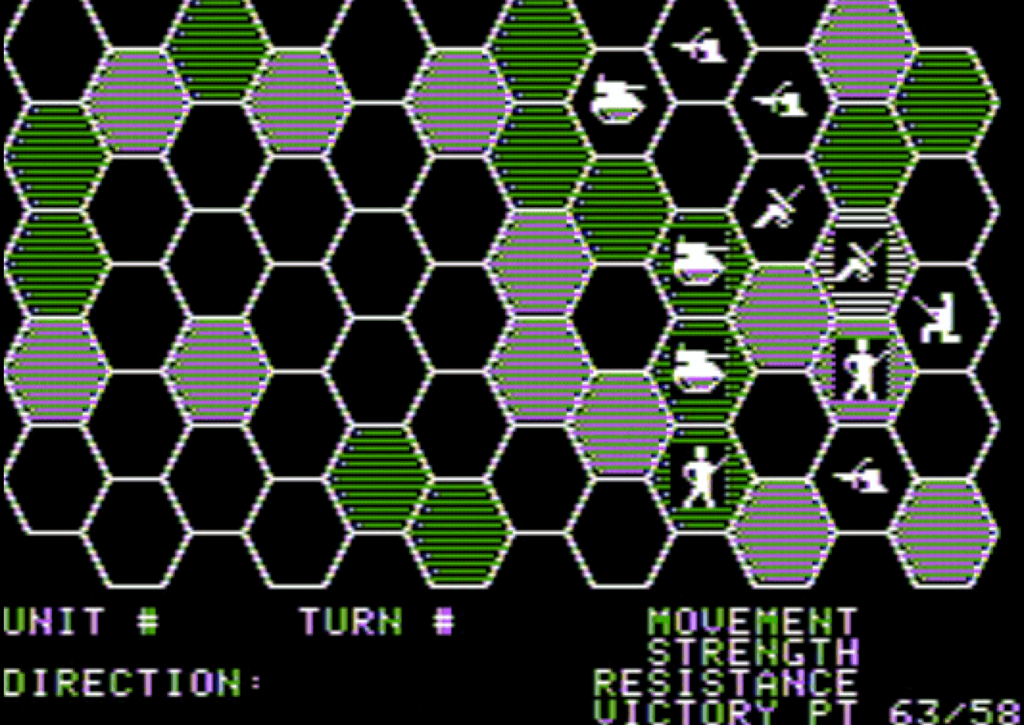
The depleted Soviet units are too weak to win battles anymore, and the city is lost …
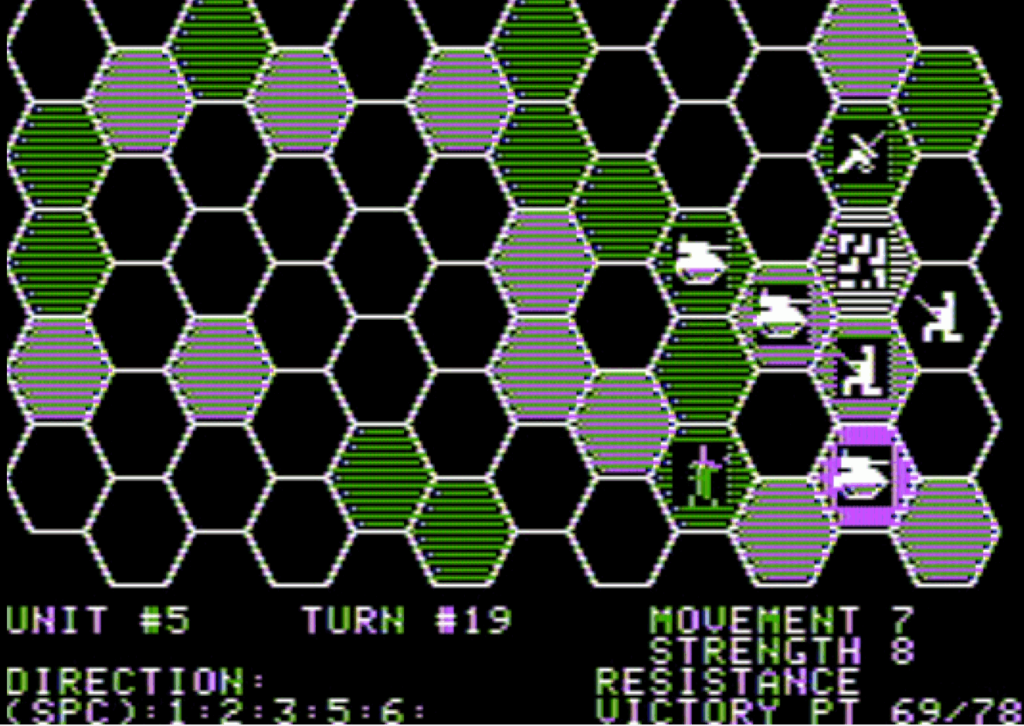
… and retaken again :
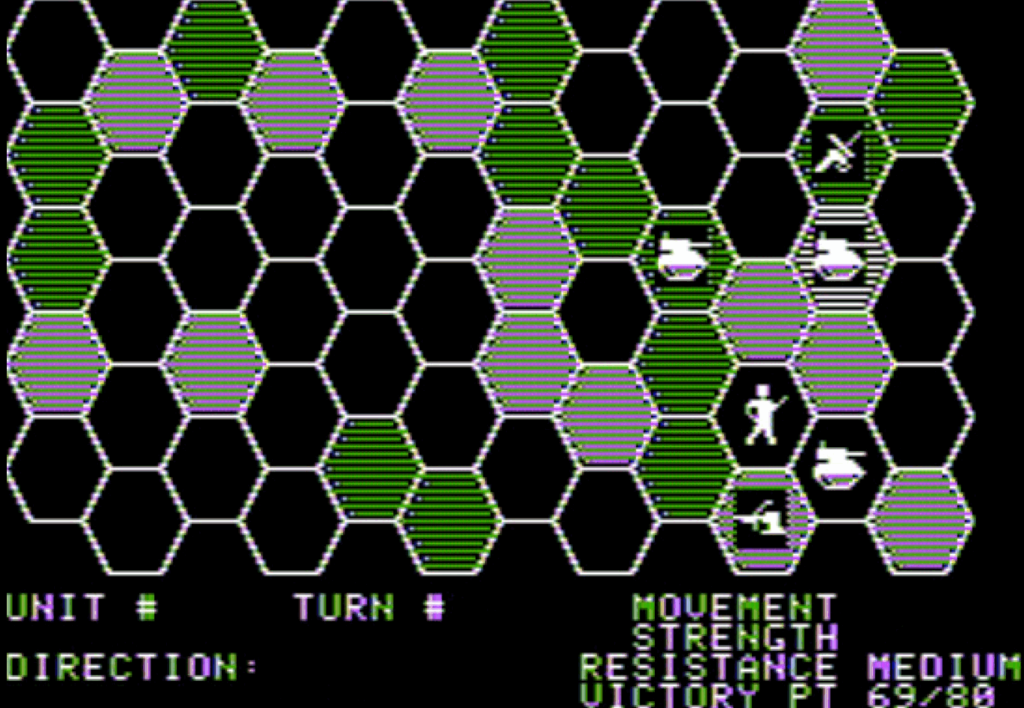
Unfortunately, the Soviet companies are at this point too depleted, and two more are lost, which signals both the end of the campaign and that of my promising military career.
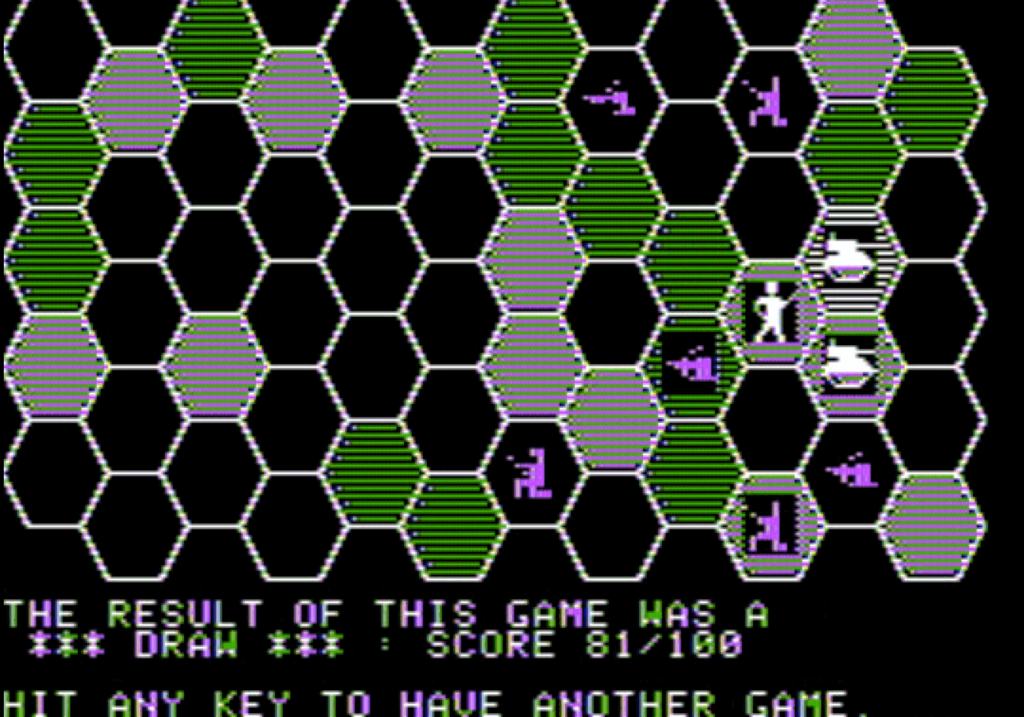
The Soviet Union had been humiliated by a makeshift militia, but it mattered not ! Any victory against the Soviet Union is temporary. There would be other campaigns, and the rebels will see what’s coming for them ! Hey, it’s not like the Soviet Union would collapse within the next decade, right?
Well, it is a draw. So I failed at “beating” the Data Driven Gamer‘s score at Computer Conflict. Better luck, or skill, next time.
Ratings & Review
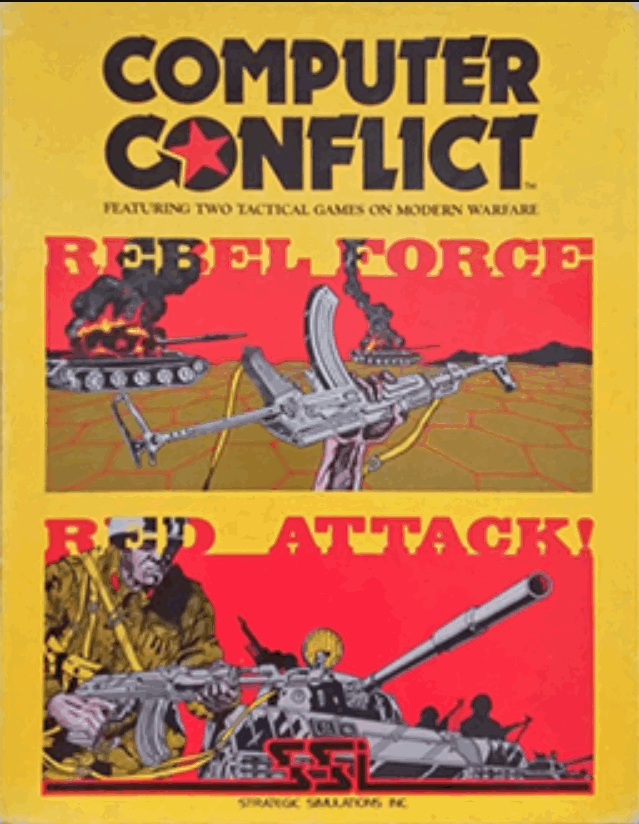
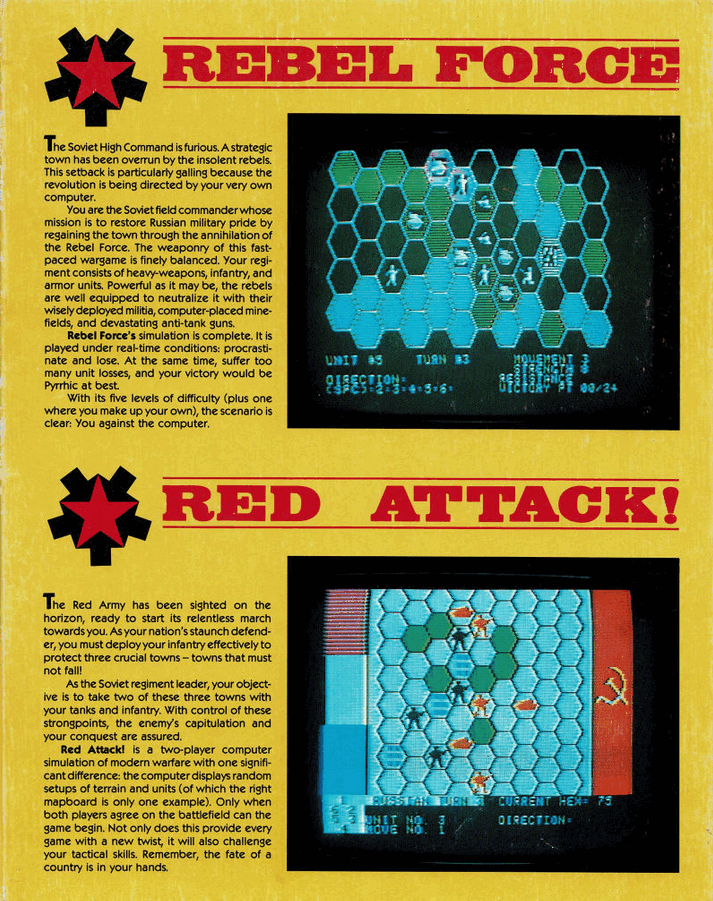
Computer Conflict by Strategic Simulations, USA
First release : November 1980 on Apple II
Tested on : Apple II
Total Hours Tested : 3
Average duration of a battle : 20 minutes
Difficulty: Easy (1/5)
Would recommend to a modern player : No
Would recommend to a designer : No
Final Rating: Obsolete
Computer Conflict was never prime SSI material. Called a collection of two “fast-paced wargames”, it was from day 1 priced way below the other SSI releases ($40 rather than the usual $60) and the game came only with a rulebook and no other extra. On the other hand, of all the SSI 1980 releases, it is the only one with some graphics beyond the title screen, allowing SSI to boast that “both games feature hi-res mapboards and unit silhouettes“.
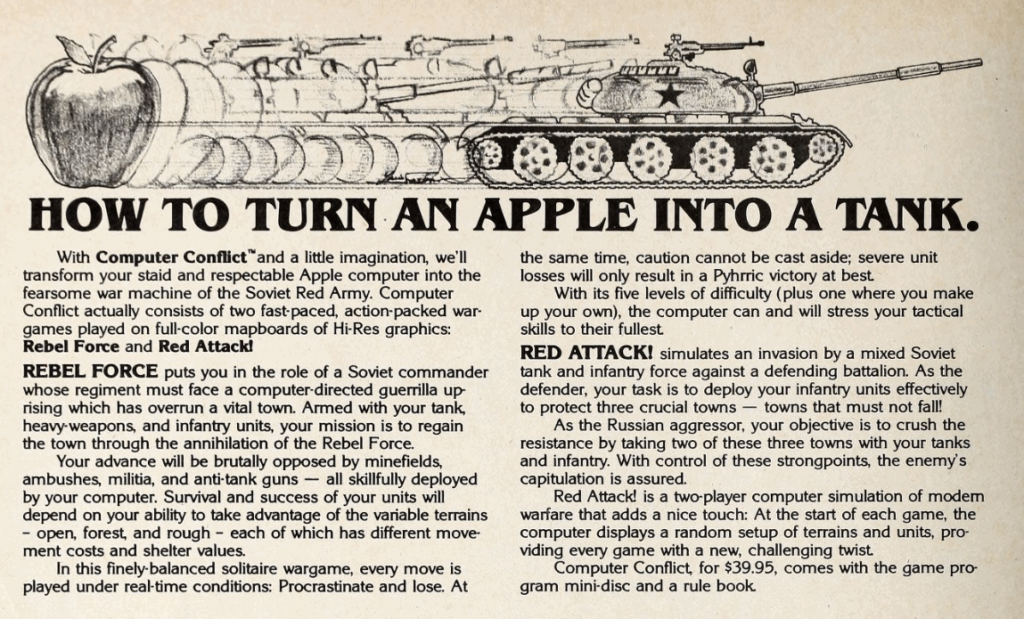
So now, the rating – for Rebel Force / Conflict except if specified otherwise.
A. Settings & Aesthetics
Settings : For Rebel Force, the box has more context than the game + manual, which never mentions “Soviets” – only “friendly forces”. I suspect the mention of the Soviets was added during the transition from Roger Keating’s Conflict to SSI’s Computer Conflict.
The Red Attack! manual mentions the Soviets, and the tanks look kinda Soviety indeed.
As for the graphics, well, you have seen all of them for both games.
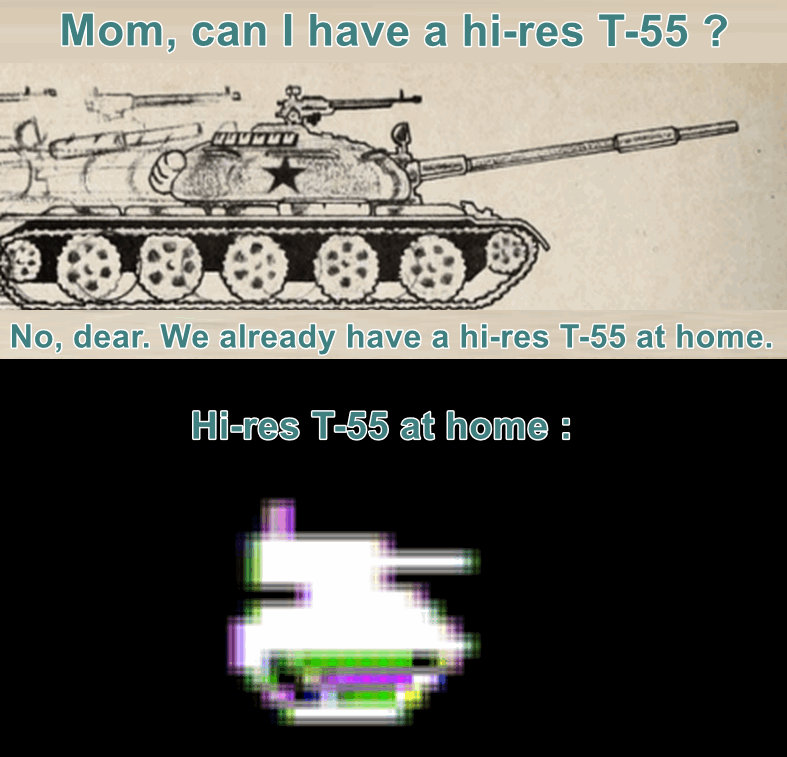
Rating : Terrible
B. UI , Clarity of rules and outcomes
Due to a mix of ill-suited design decisions and a lack of game feedback, the UI is quite frustrating for a game that simple.
On the dubious design decision front : you have only a few seconds to move a unit, and you need to move them in an order forced upon you. I don’t think those are good decisions, but of course in 1979 no what knew what “good decisions” was in game-design. In addition to this, you never know the strength of the enemy (only the ratio on which you fought them on the Combat Result Table), nor how much damage you caused them. It may be more realistic, but in my opinion it does not go well with the “light-puzzle” nature of the game.
The unequivocally bad UI issue is that you don’t know your unit’s strength until it is their turn (including how much damage they received at the end of combat or due to a mine !), and it is really hard to plan a strategy when you do not remember if the tank company you want to use for support is at full strength or almost totally depleted. In addition, the game does not remind you in which order your units will move, so it is quite hard to optimize movements on the fly to let your depleted units retreat while making sure not to leave a gap at the end of your turn.
The rules are not that clear – in particular after 7 or 8 matches I am still not clear on the “detection” rules. Sometimes, you see enemy forces adjacent to you, sometimes you do not see them until one of your units activates.
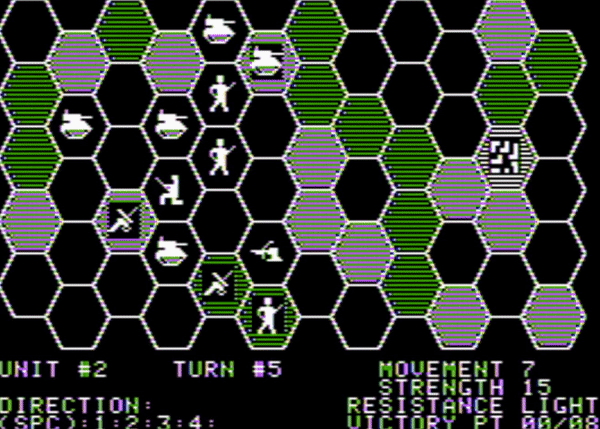
For the record, the UI of Red Attack! is not any better.
Rating : Very poor
C. Systems
I have covered pretty much all of them as I played. The objective is to reach 100 points, the rebels get 2 points by turn, 10 points by destroyed unit and some more points for units they push to the left column, the Soviets receive points only for occupying the rebel city : 3 times the strength of the occupying army. If you manage to keep of your tank companies at max health (15) it can go very fast.
The rules are very “design for effect” but overall they work : moving in clear terrain is a recipe for disaster, but sometimes you do not have a choice, isolated patches of forest are real strongholds, and for non-isolated forests you will try to get a foothold and work from there.
Still, the rules feel a bit too simple to really get into the game. There are a few nods to realism or at least to wargame conventions here and there (tanks can overrun defeated enemies, tanks don’t have a defensive bonus in city) but most are missing. Too many things are lacking for the game to feel like a real wargame. I would call it an arcade wargame or, maybe, a puzzle-game with dice and fog-of-war.
As for Red Attack! the system is extremely simple. All units are the same in combat (tanks just move one tile faster) and there is no bonus due to terrain. There are no strength points for units either and destruction is a very rare result of combat – more commonly one side must retreat, so basically it plays like the combats in Diplomacy where you try to push the enemy around, except sometimes even though you are attacking 2 against 1 you are the one who is pushed around.
Rating : Very poor
D. Scenario design & Balancing
There are 5 scenarios of increasing difficulty and a custom mode :
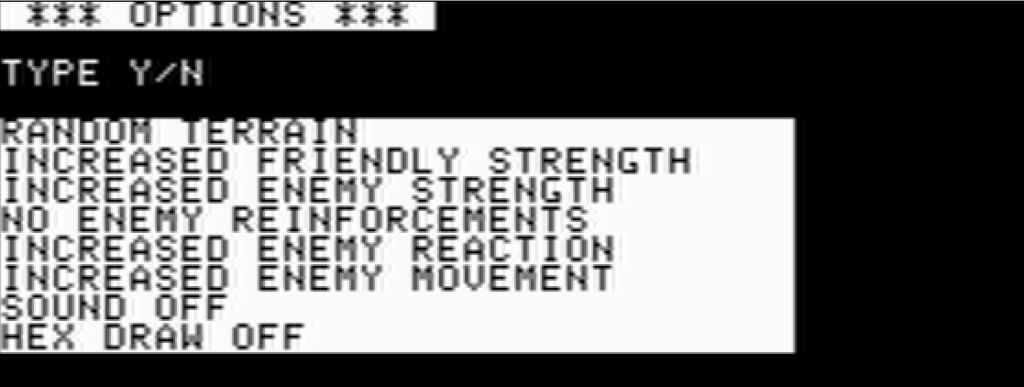
I appreciate having randomized terrain, and different layouts can create really different tactical situations. The AI is not really smart (it easily abandons strategic positions for a hazardous attack) but it is certainly combative. Overall the game is challenging at max difficulty, though it can certainly be beaten :
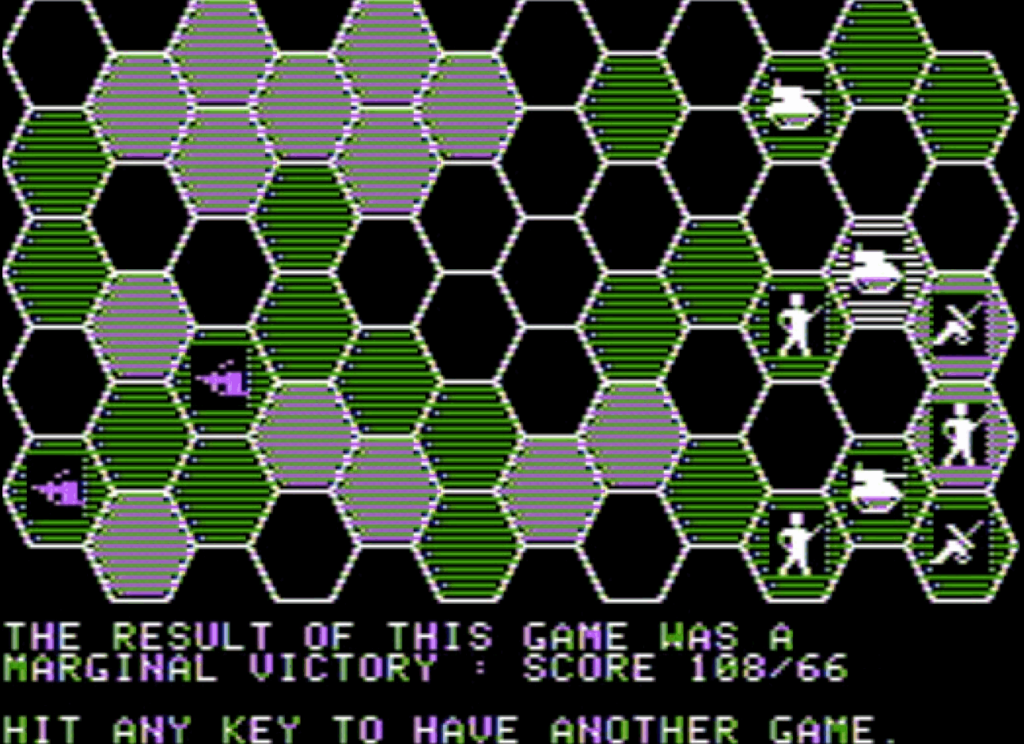
Following my victory above (which happened immediately after my AAR), I was confident I had figured out how to win the game exploiting the AI’s weaknesses. I played two other games to prove my point. I was defeated soundly twice ; in one instance I did not even reach the city.
Red Attack! also randomizes its maps, and that’s all it has in its favour.
Rating : Mediocre
E. Fun and replayability
Honestly, the game is not great fun, I just persevered for the blog. It is not unbearable either. I would compare a game of Rebel Force to a sudoku grid : I don’t have much reason to start doing one, but once I do I’ll consider finishing it a personal challenge, and I guess it passes the time.
And just like sudoku, the rules are simple and the grids may all look the same, but each game (assuming you randomize the map) is pretty different. If you actually like the game (and of course in 1980 the standards were different), it probably had more replayability than, say, Computer Napoleonics.
As for Red Attack! : no.
Rating : Poor
F. Final rating
I give credit to Rebel Force for its staunch design-for-effect philosophy and having a system that works with limited moving pieces. I also give a lot of credit for short battles where you get to take decisions. Back then I believe I would have enjoyed the game, but as a modern player it doesn’t have enough to draw me in.
Rating : Obsolete
I feel like Computer Conflict could have been a really fun game with a better UI, more units and a bit more variability, even if it could never be realistic. And lo and behold! the first SSI catalogue (winter 1981) announced an “expanded version of Rebel Force“.
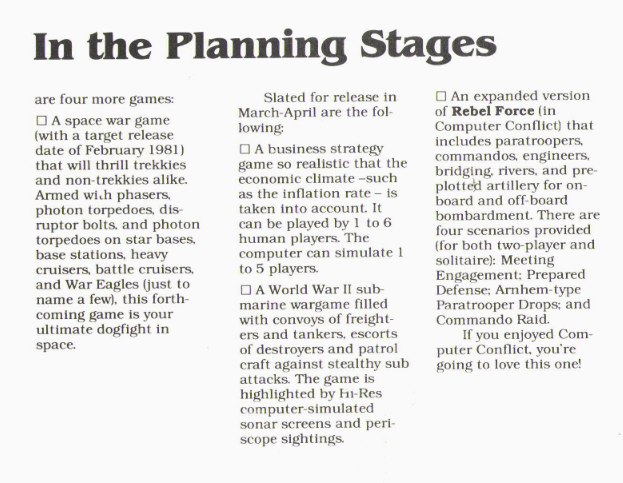
The expanded version of Rebel Force actually became Operation Apocalypse in 1981 – Roger Keating’s second game.
Contemporary Reviews
From my research, Computer Conflict did not receive any review (beyond short news articles announcing the release and rephrasing the sales pitch) ; though amusingly the 1979 Conflict received one in December 1980 in Creative Computing. David Lubar writes a short descriptive review, only stating his opinion in the conclusion : “For those who like wargames it is a great program. For those who don’t, the program might change their mind”.
Obviously, Computer Conflict was never a flagship, but unlike Computer Napoleonics (which disappeared already from the November 1981 catalogue), its “better” version Operation Apocalypse did not replace it, and the game remained in the catalogue in it until summer 1983 (under the category “introductory wargame”). Its status was only downgraded in the 1984 catalogue to “1/2 price ziplock bagged games while supply lasts” – the last time it was mentioned in SSI materials.
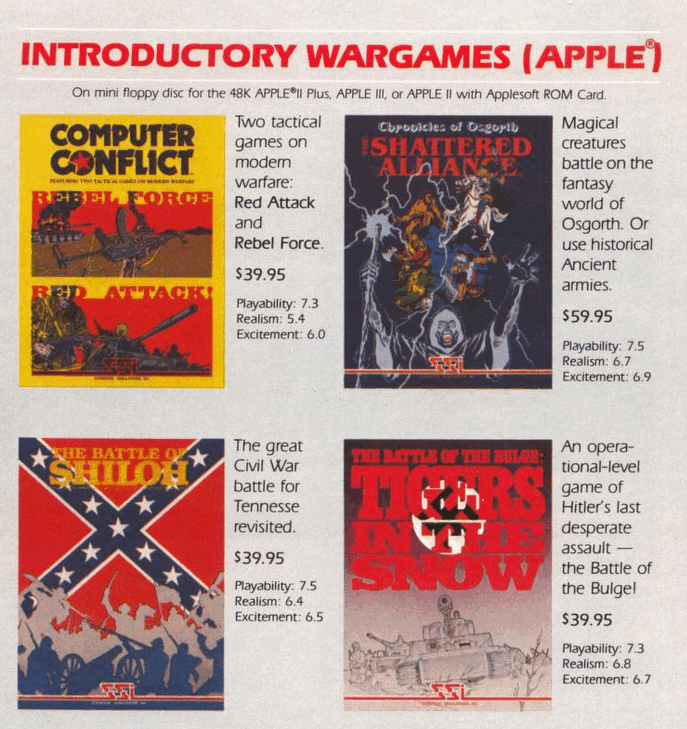
6 Comments
Red attack? More like Pantone Orange attack.
And I am surprised that Luxembourg is considered a superpower in that alternate reality.
You shouldn’t say “+1” in this case. The term is “1 column shift to the right/left”. The +1 would be a modifier to the die roll. A column shift is far more powerful.
You are right. I removed the +1/-3 etc (who were confusing anyway before I explained how it worked), and replaced “column movement” by “column shift”
Column shifts for attacking FROM difficult terrain? Madness!
I find it acceptable for modern warfare, which this game represents. After all, a couple guys with an ATGM hidden on the border of the forest will punish a tank group coming from clear terrain. Of course, the tanks would not do very well in a forest, either.